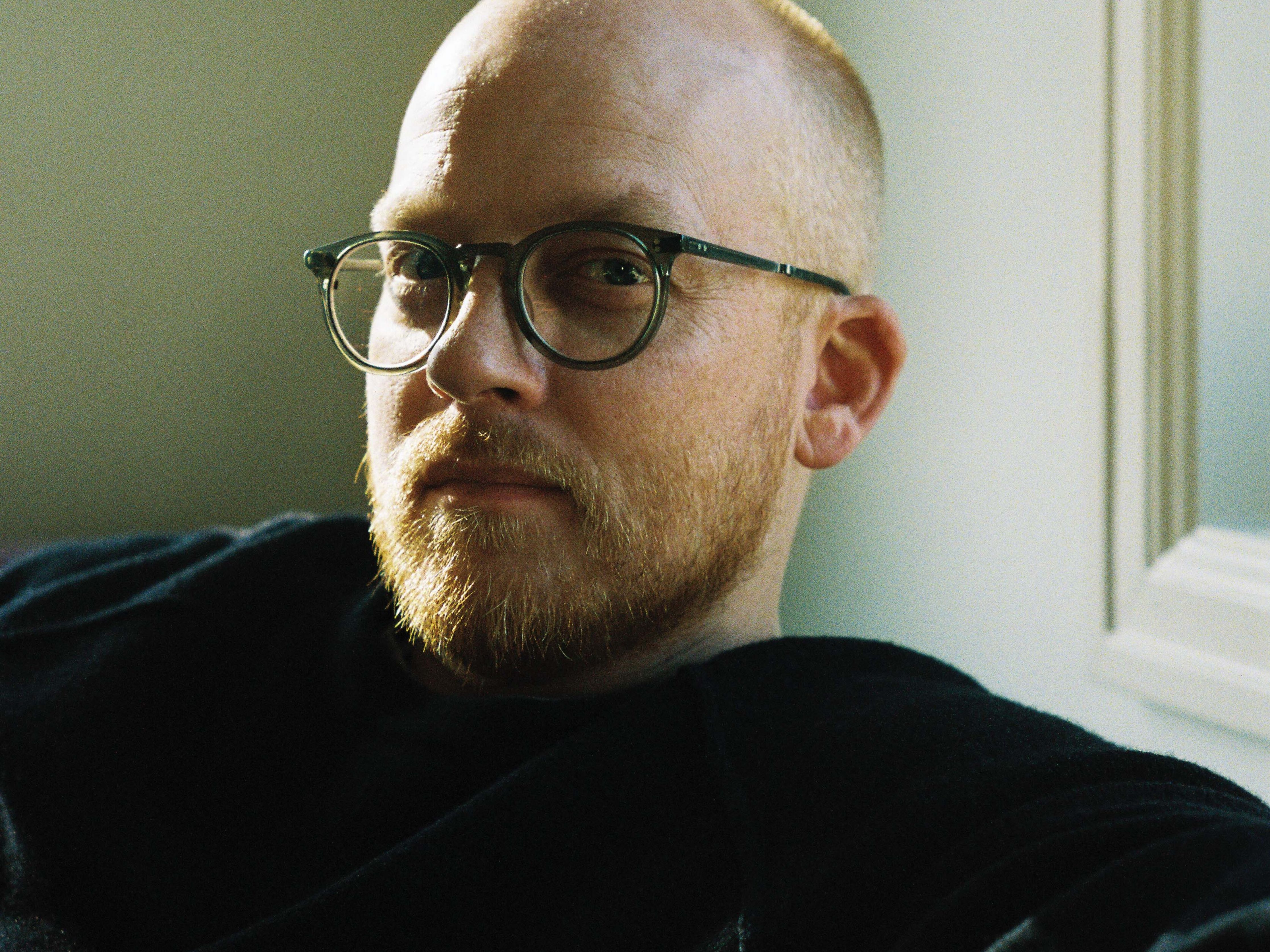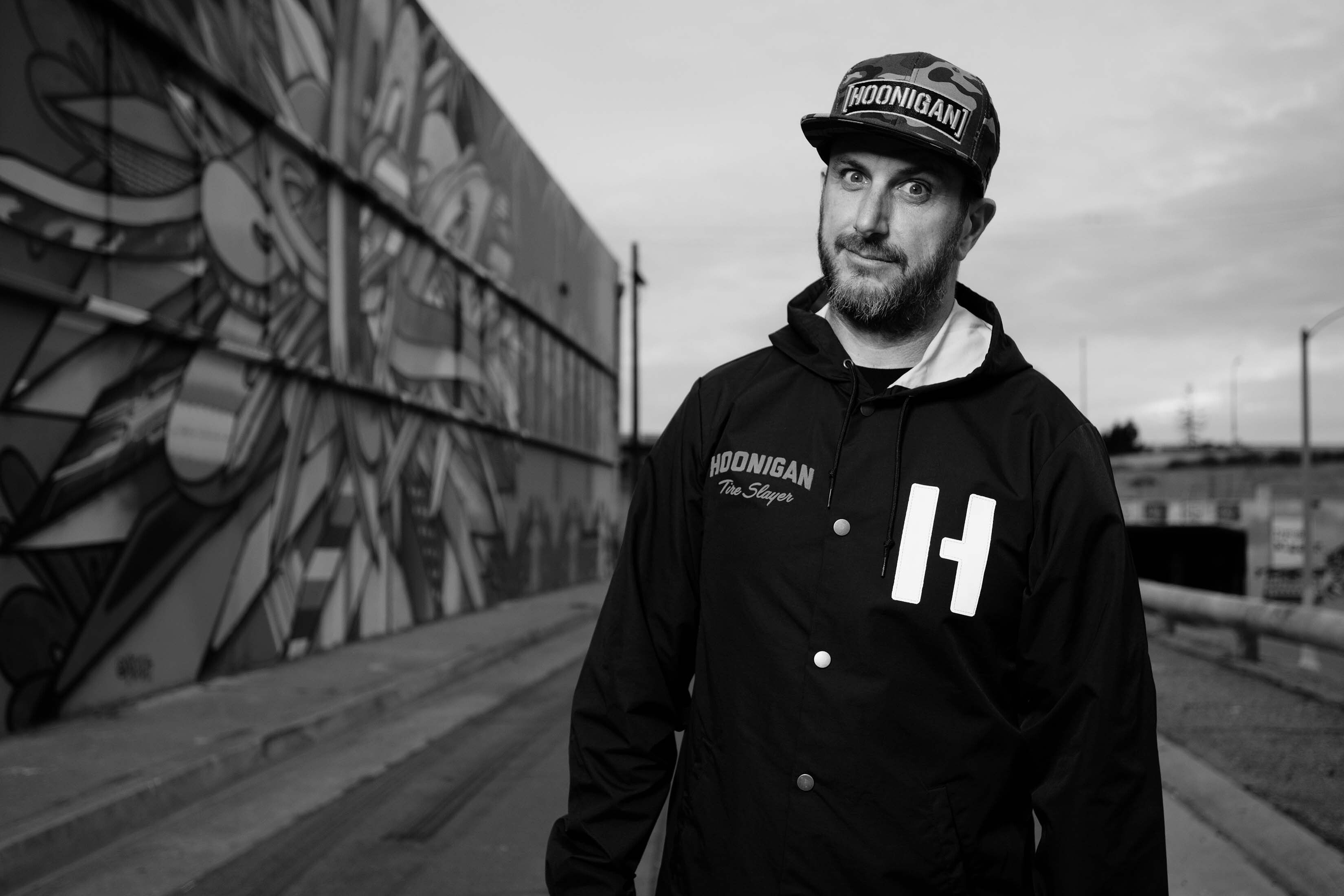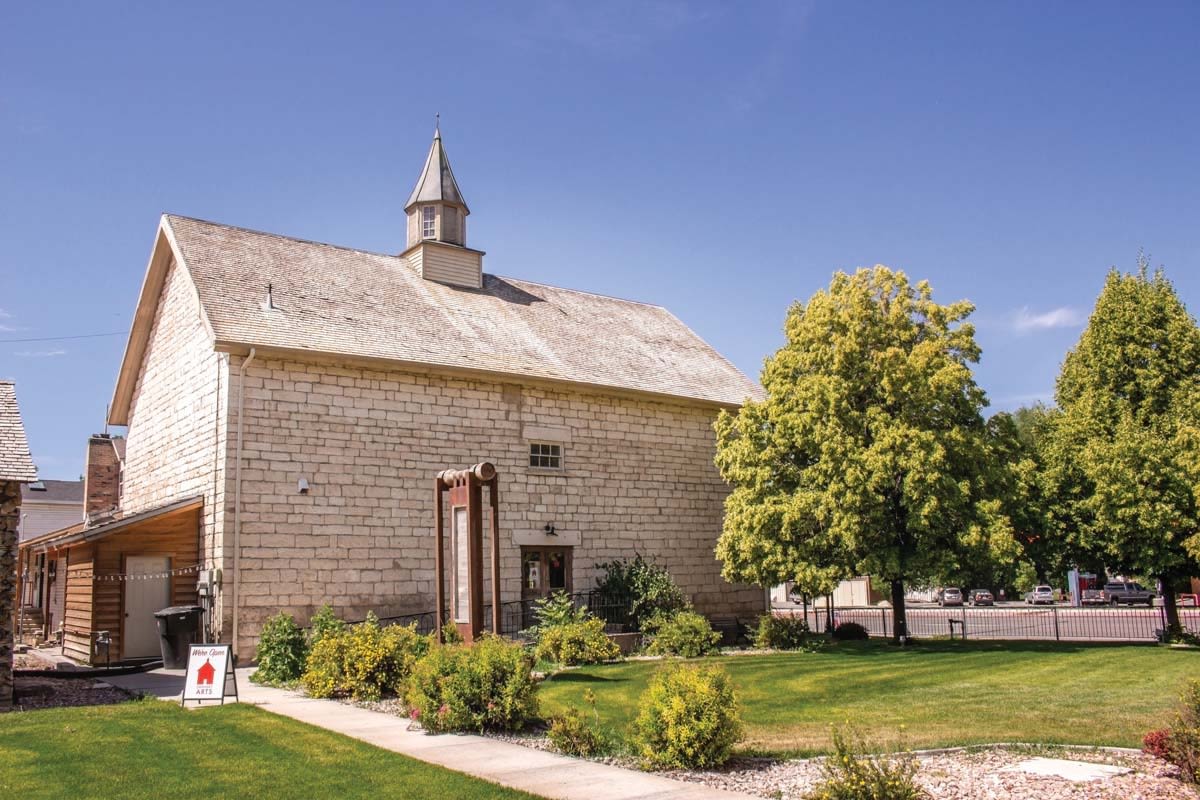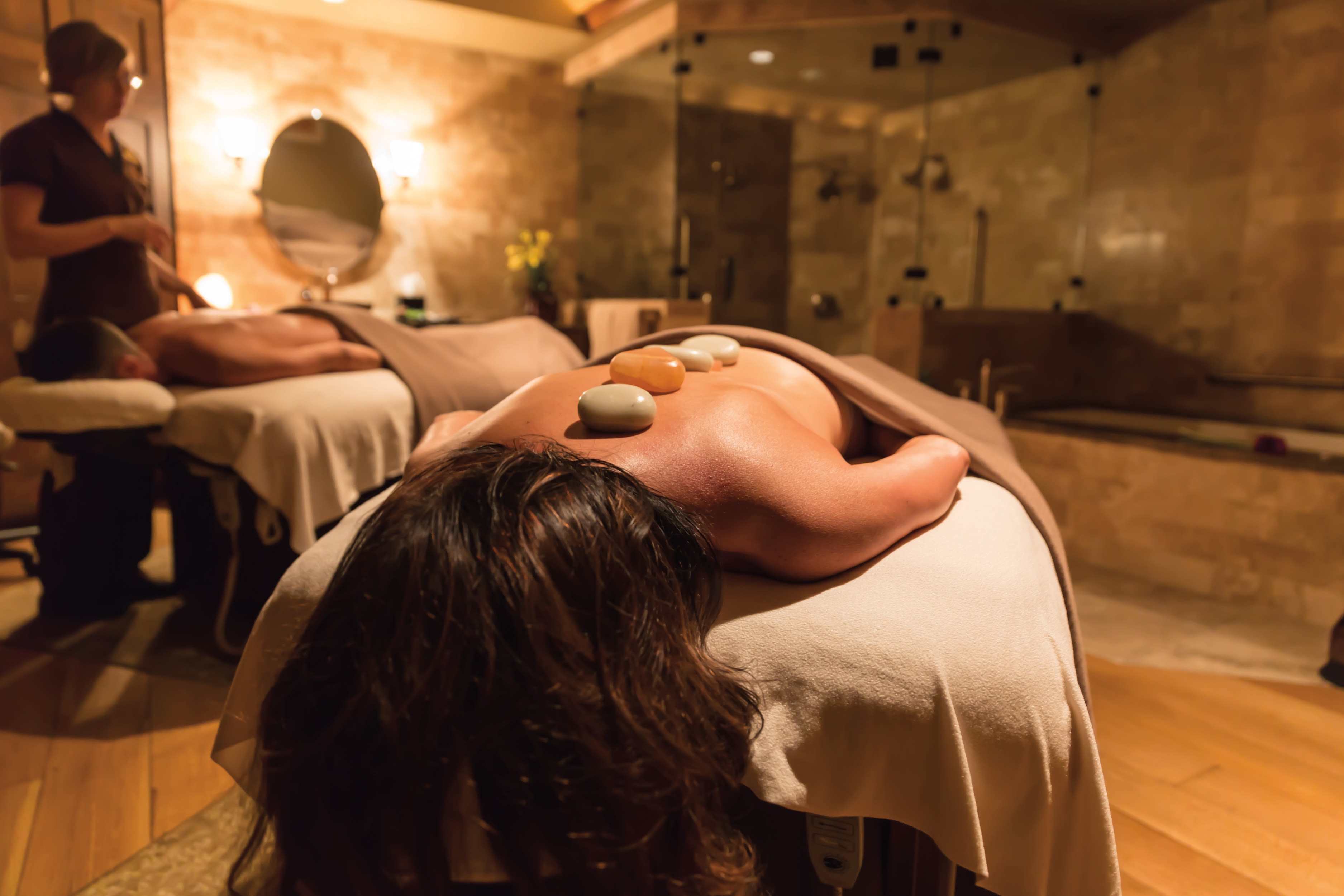From Backwater to Boomtown
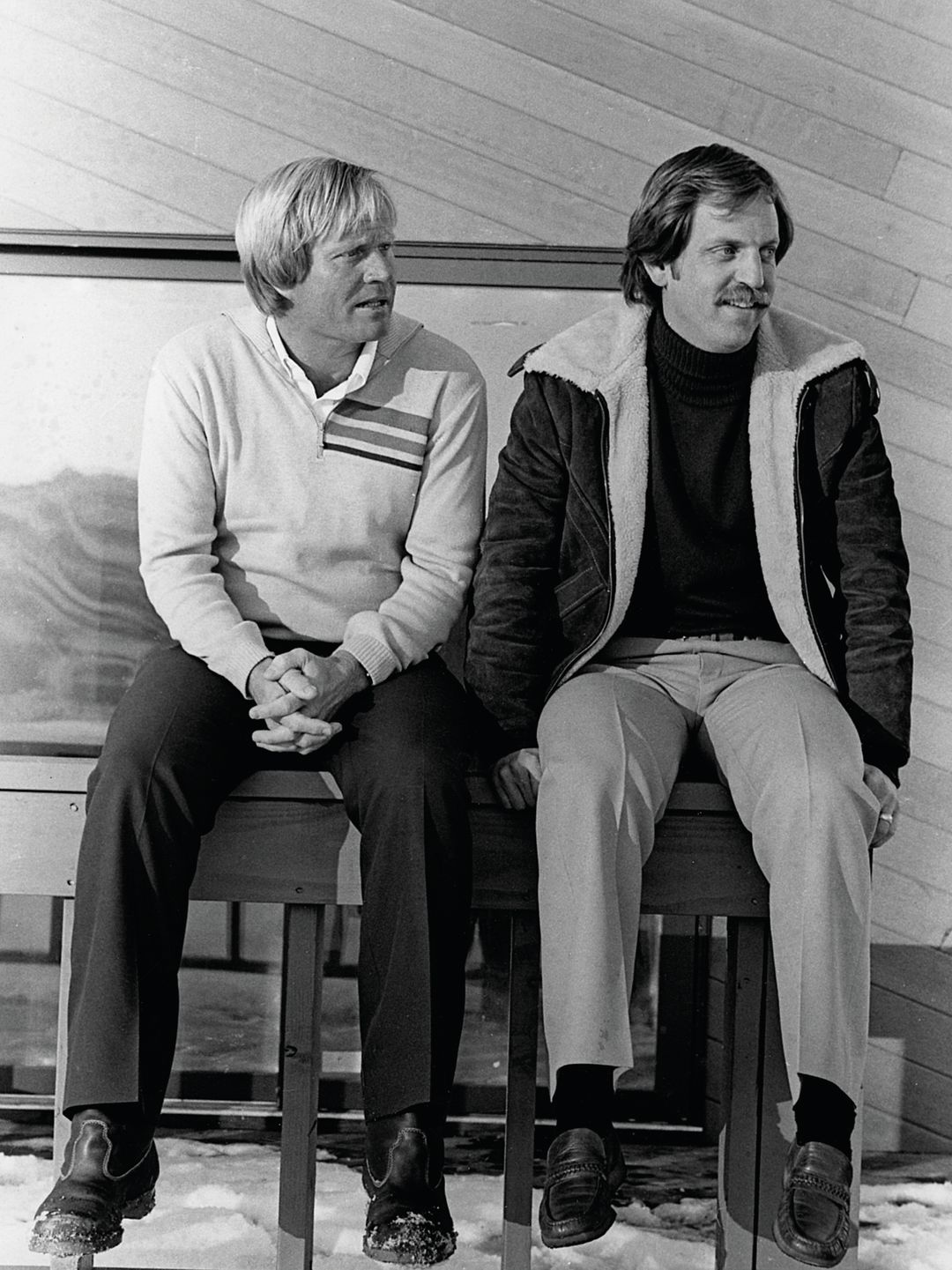
Jess Reid (right) with golf legend Jack Nicklaus in 1982
Image: Courtesy Jess Reid
Ask Jess Reid what he thinks transformed Park City from a defunct silver-mining outpost into the “Best Town Ever” (according to Outside magazine’s September 2013 issue), and you might be surprised by his answer.
“Turning the school district around was a huge milestone for Park City,” Reid says. “It’s not as sexy as things like the Olympics or ski area development, but it really is the bread and butter that separates Park City from other mountain towns, where most houses are owned by people who live there only a few weeks of the year.”
When Reid arrived in Utah from his native Alabama in 1978, Park City was “a dead end,” he says: “Only about 1,000 people lived here, there were no stoplights, and plywood covered most of the windows along Main Street.” But having spent summers in Sun Valley in high school and college, Reid figured that the prospect of living and working in the mountains overshadowed the town’s decrepitude. “I was young and dumb,” he says.
One of his first big development projects was the Park Meadows Golf Course and neighborhood, featuring a course designed by then–PGA superstar (and now golf legend) Jack Nicklaus. “Getting Nicklaus to design the course was a coup,” Reid says. He launched his own real estate company—Jess Reid Real Estate—soon after Park Meadows opened in 1983, and as the area’s potential was becoming more tangible, Reid threw himself into efforts to let the world know Park City existed. “There were so few people here then, and everyone knew everyone else,” he explains, “which made it
really easy and fun to get things done.”
“Getting things done” is surely an understatement: through the late 1980s, Reid had a hand in establishing the Park City Chamber/Bureau (which allowed the city to collect transient room taxes to promote the area), the Park City Board of Realtors, and the Rotary Club—he even helped revive the annual Fourth of July Parade. He also served as the first Park City–area representative on the Utah Travel Council. “That experience helped me realize how we could get help from the state to promote and improve Park City,” Reid says.
Today, 30 years and four recessions later, Reid thinks Park City is a model for thoughtful mountain development and a stronger community than ever. “The Great Recession was the biggest and baddest of them all,” he says, “but because the city was not very overbuilt, we came out better than many areas across the country. Park City’s a little like me: just keeps getting better with age.”

